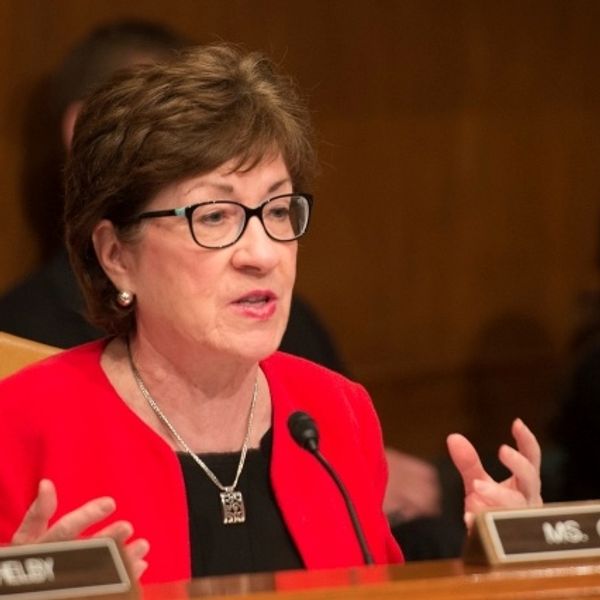Pew’s Validated Post-Election Poll Details Biden’s 2020 Win
Reprinted with permission from Daily Kos
Overall participation in the 2020 election among U.S. adults rose seven points from 2016 to reach 66 percent last year. A new analysis of validated voters from Pew Research Center (which provides a bigger, more reliable sample than exit polls) built on several of the 2020 trends that have already been reported. Here're some of the key takeaways:
New 2020 Voters
One in 4 voters in 2020, or 25 percent, had not voted in 2016. About six percent of those new 2020 voters turned out in 2018, spiking participation in that midterm election. And voters who turned out in 2018 after skipping the 2016 presidential election were about twice as likely to back Joe Biden over Donald Trump in 2020.
But the 19 percent of new voters who came out in 2020 after skipping both 2016 and the midterms divided up almost evenly among Biden and Trump, 49 percent-47 percent. However, what was most notable about that group of new 2020 voters was the age disparity, writes Pew:
Among those under age 30 who voted in 2020 but not in either of the two previous elections, Biden led 59 percent to 33 percent, while Trump won among new or irregular voters ages 30 and older by 55 percent to 42 percent. Younger voters also made up an outsize share of these voters: Those under age 30 made up 38 percent of new or irregular 2020 voters, though they represented just 15 percent of all 2020 voters.
Third Party
Between 2016 and 2020, the electorate apparently got the memo that rolling the dice on a third-party candidate against Trump was effectively rolling the dice on democracy.
While six percent of 2016 voters cast a ballot for one of several third-party candidates, just two percent of the electorate voted third party in 2020.
Overall, third-party 2016 voters who turned out in 2020 voted 53 percent-36 percent for Biden over Trump, with 10 percent opting for a third-party candidate.
Suburban Voters
Biden made a solid nine-point gain with suburban voters, winning 54 percent of their vote compared to Hillary Clinton's 45 percent share.
This shift was also seen among White voters: Trump narrowly won White suburban voters by four points in 2020 (51 percent-47 percent); he carried this group by 16 points in 2016 (54 percent -- 38 percent).
Latino Voters
While Biden still won a 59 percent majority of Latino voters, Trump made double-digit gains among the demographic, winning 38 percent of them. In 2016, Clinton carried Latino voters 66 percent -- 28 percent.
One noteworthy feature of the 2020 election was the wide education gap among Hispanic voters. In 2020, Biden won college-educated Hispanic voters 69 percent to 30 percent. At the same time, Biden's advantage over Trump among Hispanic voters who did not have a college degree was far narrower (55 percent to 41 percent).
That's likely one reason that Democrats did so well with Latino voters in 2018, winning them 72 percent -- 25 percent, according to Pew. The higher one's education level, the more likely one is to vote in a midterm election.
Men Vs. Women
In 2016, Trump won men by 11 points, but in 2020 they split almost even between Trump and Biden, 50 percen -- 48 perecent, respectively. Women stayed roughly as loyal to Democrats in both presidential elections, with Biden garnering 55 percent to Clinton's 54 percent, but Trump increased his share of the female vote by five points in 2020 compared to 2016, 44 percent -- 39 percent.
As has been previously reported, Biden made gains among white men while Trump increased his showing among white women.
In 2016, Trump won White men by 30 points (62 percent to 32 percent). That gap narrowed to a 17-point margin for Trump in 2020 (57 percent to 40 percent). White women, a group sometimes categorized as swing voters and who broke nearly evenly in 2016 (47 percent for Trump to 45 percent for Clinton), favored him in 2020 (53% to 46%).
So in 2016, Trump won a plurality of white women, but in 2020 he won a narrow majority. Trump won a majority of white men in both cycles, but Biden trimmed Trump's margins in 2020 by nearly half. Overall, Trump's losses among white men and gains among white women decreased the gender gap among white voters.
White Non-College Voters
Biden gained five points among white voters with only some college or less, winning 33 percent to Clinton's 28 percent, while Trump's numbers stayed about the same at 65 percent in 2020 versus 64 percent in 2015.









